Cynara cardunculus L. var. scolymus (L.) Fiori (Asteraceae) cv. Violetta De Chioggia
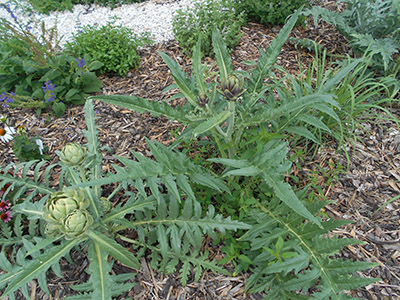
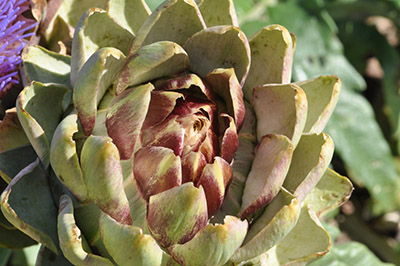
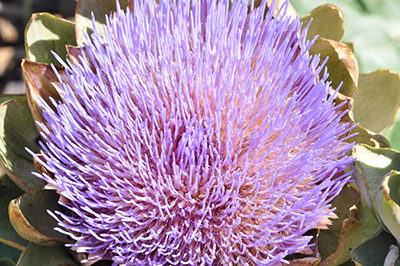

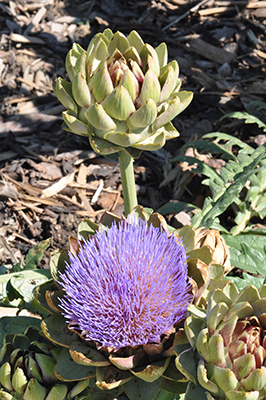

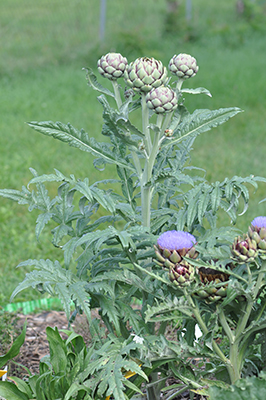
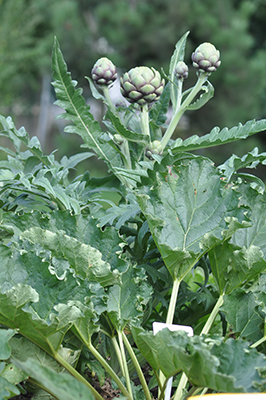
| ENG | Globe artichoke |
| SK | artyčoka |
| CZ | artyčok |
| PL | Karczoch zwyczajny |
| HU |
Using
Globe artichoke herb is widely considered to be a rich source of bioactive compounds such as polyphenols, inulin, anthocyanins, fibre, and essential minerals, to which the therapeutic properties of the species have been ascribed. Inter alia, it has been used as a choleretic, an inhibitor of cholesterol biosynthesis, an anti-atherosclerotic, and for its anti-bacterial, anti-HIV, bile-expelling, hepatoprotective, urinative, anti-oxidant, and anti-carcinogenic properties.
| I. | II. | III. | IV. | V. | VI. | VII. | VIII. | IX. | X. | XI. | XII. | |||||||||||||
| Sowing | ||||||||||||||||||||||||
| Planting | ||||||||||||||||||||||||
| Harvest (heads) | ||||||||||||||||||||||||
Botanical description and occurrence:
Globe artichoke is an herbaceous perennial plant, native to Mediterranean Basin. It is grown as a vegetable or herb because of broad spectrum of pharmacological properties. Plants could be seed- or vegetatively propagated. Leaves are large, more or less incised, silvery green, and clustered as a very decorative rosette. The harvestable part of globe artichoke is the immature flower head of globular shape, valued for unusual taste since ancient times. The earliest and largest bud (the main capitulum) develops at the apex of the main stem, as well as two or three smaller secondary buds on branching floral stems, several still smaller tertiary buds form, and so on, each more fibrous and smaller as the season progresses. When the bud matures and opens, 800 – 1,200 purple or blue florets expand. The fruits are achenes of elliptical shape, dark coloured, with a prominent pappus that contributes to wind dispersal.
Why to have the plant in your garden:
‘Violetta di Chioggia’ is purple-headed variety from Veneto, „Artichoke of the Aristocrats“ in Italy. It is ideal cultivar for traditional culinary purposes. Small heads – up to 5 cm of diameter, without discernible choke, can be eaten in a dozen different ways, mainly pickled, cooked or raw, but always whole. I always think scraping tiny pieces of heart from the base of the tough bracts that lap armadillo-like round the bud of a mature artichoke burns more calories than you get from the food itself. ‘Violetta di Chioggia’ makes excellent borders in your garden.
Text:
Dr. Agnieszka Sekara, University of Agriculture in Krakow, Poland
Photo:
Dr. Jan Mezey, SUA, Nitra, Slovak Republic

